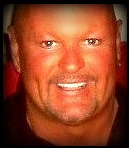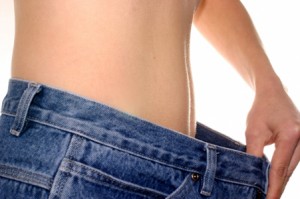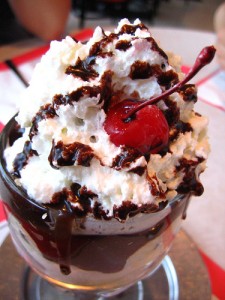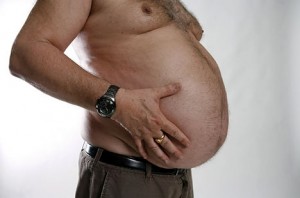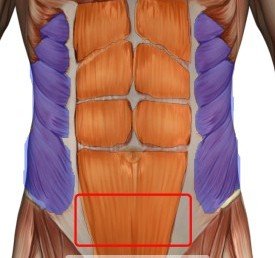What’s “Best” for Diet and Exercise in 2012?
Funny you should ask. Here’s my 2012 “Best List” of everything that matters:
The Best Muscle Building Workout?
Brief, infrequent, high-intensity weight-training workouts continue to be the most scientifically supported muscle-building strategy. It’s a hard pill for my muscle-head friends to swallow, but the 30-minute/one-set per-exercise training protocol simply makes the most sense, produces the best muscle-gains, and is the least likely to cause long-term, over-use joint injuries.
The Best Weight-loss Workout?
When “weight-loss” is one’s primary goal, the best exercise strategy often comes down to just “moving more.” It bears mentioning that effective weight-loss has more to do with eating-habits than any exercise routine. Brisk-walking sessions, more intense cardiovascular-type training, and even weight training, can all can play an effective role in a successful weight-loss strategy. However, if you’re obese and it’s mainly due to an overly sedentary lifestyle, the best weight-loss workout is to just move more. Begin by simply finding ways to add more movement to your day.
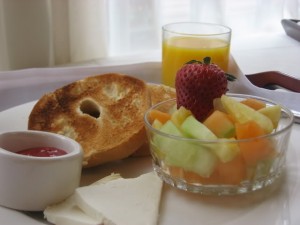
The Best Sports Supplement?
Uhg, do I really have to go there? I would rather say they ALL suck, ’cause they mostly do nothing. However, if I had to choose one, “Creatine” actually has some scientific evidence backing its effectiveness. That said, it should hardly be expected to work magic. The theoretical improvement on short burst of energy-output is only incremental. It will NOT add 50 lbs. to your bench press or 30 lbs. of muscle to your physique. Stop dreaming!
The Best Diet Strategy?
“Portion Control” will always be the most practical and most sensible dieting strategy. It’s probably not, “what” you eat that has you packing on the pounds, but instead, “how much” you eat. Learn to eat “any” food in sensible amounts and you won’t have to give up bacon or hot fudge sundaes. Portion Control makes weight-loss a breeze. Stop torturing yourself with overly restrictive n’ dumb diets.
The Best Overall “Body Makeover” Strategy?
“Smart Exercise and Sensible Eating” (See above). Yes, it is just that simple. Nonetheless, few people actually use this strategy, mostly because they’re too lazy and too busy looking for a short cut. This is the reason the weight-loss and fitness industry is a multi-billion dollar business. There’s a “sucker” born every minute. In 2012, don’t you be one.
The Best Commercial Dieting Plan?
Again, I don’t feel they are necessary, but if I had to choose one, I would conclude that “Weight-Watchers” makes the most sense. The eating program is nutritionally sound, the least restrictive, relatively inexpensive, and the “support meetings” work for many folks.
The Best Gym to Join?
This is a bit tricky, but in my opinion and experience I’d give this advice: If you are an “experienced” workout enthusiast – needing NO instruction or guidance, and are not likely to succumb to high-pressure sales tactics on supplements and useless, mostly under-qualified Personal Trainers, I’d have to say that the “big box” chain gyms are hard to beat. For about $10/month you often get hundreds of thousands of dollars’ worth of the best exercise equipment money can buy, and plenty of it. Additionally, these-type clubs are often open 24/7.
If you are more of a “novice” or workout beginner, you may find your locally own neighborhood gym more suitable. The owner is usually on-hand and customer service can be much better and more personal. You can usually get some free workout advice regarding the “basics” of exercise from the owner, gym-manager, or what is generally a friendlier clientele-base. The one caveat; there “are” exceptions to EVERYTHING I just said. Trust your gut whenever you “checkout” a new gym – because it’s usually correct.
The Best Source of Weight-loss and Exercise Information?
Why it’s the incredibly informative and unbiased book, “Diet, Exercise, & Weight-Loss BullShit- Exposed!” By Franny Goodrich, of course. Did you really expect a different answer?
